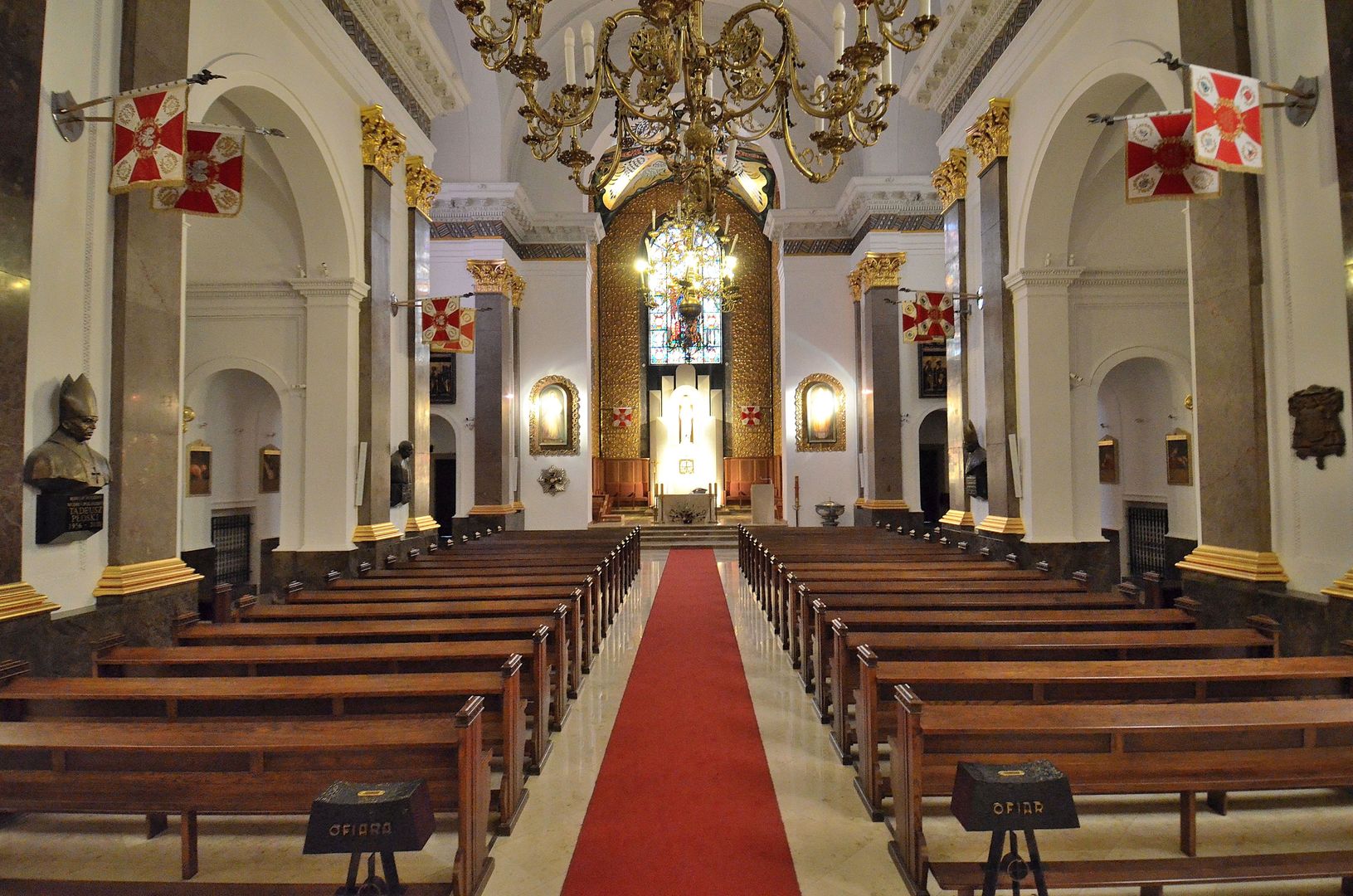Field Cathedral of the Polish Army
6.07

Overview
The Field Cathedral of the Polish Army of the Blessed Virgin Mary, Queen of Poland, located in Warsaw at 13/15 Długa Street, has a rich history dating back to 1642, when a wooden church for the Piarists was built on the orders of King Władysław IV. After its destruction in 1656, John II Casimir decided to construct a brick temple, which was consecrated in 1701 under the name of Our Lady of Victory. In the 19th century, the building was taken over by the Russian Orthodox Church and between 1835 and 1837 was adapted for Orthodox liturgy. After World War I, as a result of a decision by Pope Benedict XV, the cathedral was returned to the Roman Catholic Church and became a field cathedral. During the German occupation, the church lost its identity, but after 1991 the Military Ordinariate was restored, and the cathedral received its current name. The architecture of the cathedral combines Baroque elements with later adaptations. Its interior features a historic 19th-century organ and a statue of Our Lady, Queen of Poland. The cathedral also holds cultural significance; on the night of August 6–7, 1944, a parade of insurgent troops took place here, and in 2010, a plaque dedicated to the victims of the Smolensk air disaster was unveiled. It is also worth noting the Katyn Chapel, commemorating the victims of the Katyn massacre, as well as the Museum of the Military Ordinariate, which documents the history of Polish military and wartime martyrdom. The cathedral is a place of prayer and remembrance, and its rich history and numerous monuments make it an important landmark on the map of Warsaw.
Location
Tickets
Powered by GetYourGuide
2025 Wizytor | All Rights Reserved